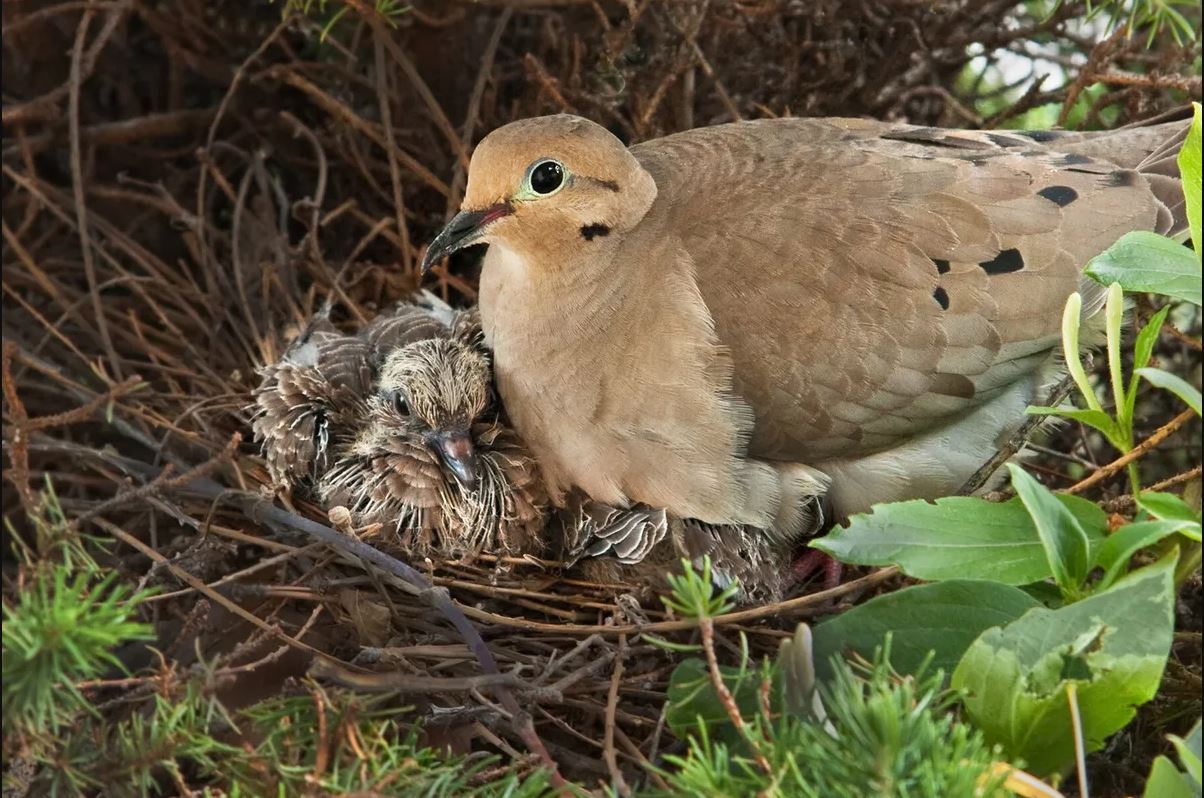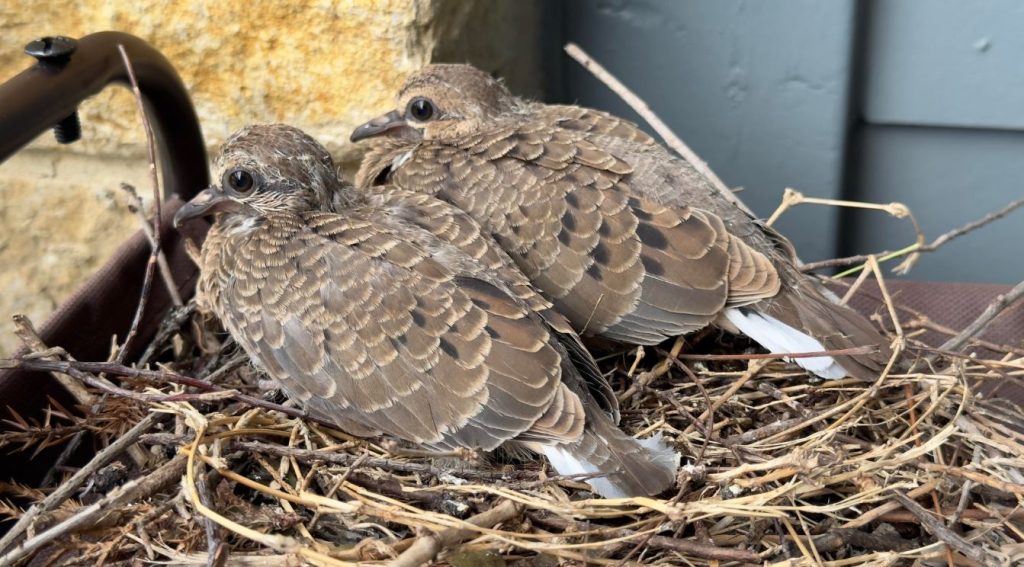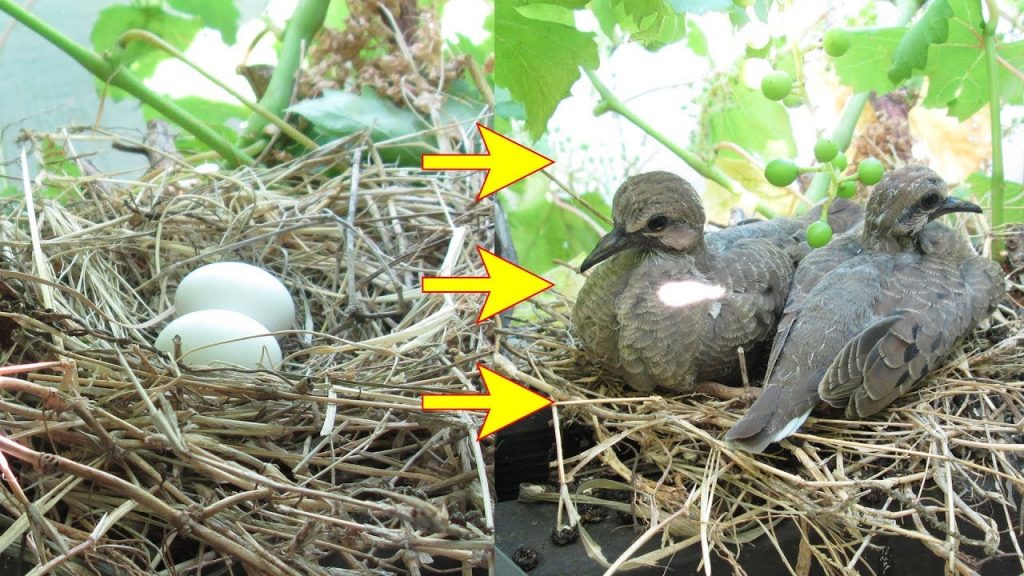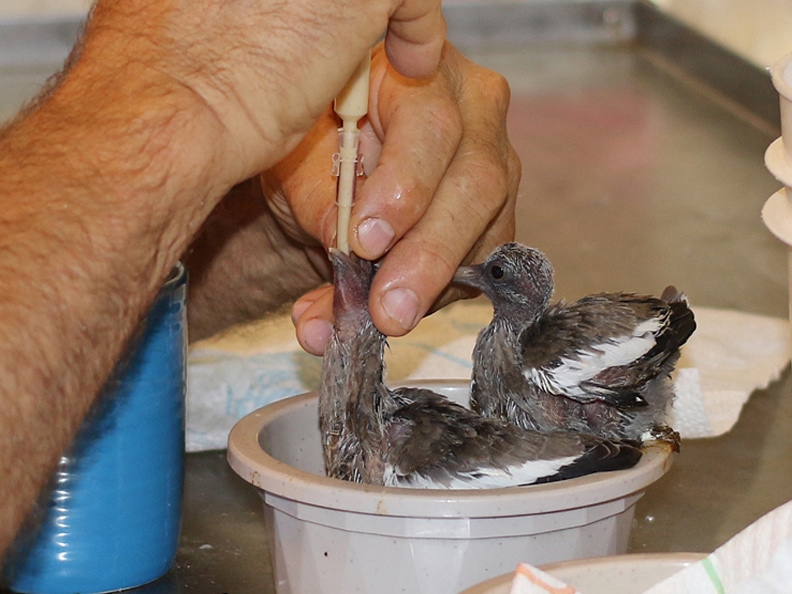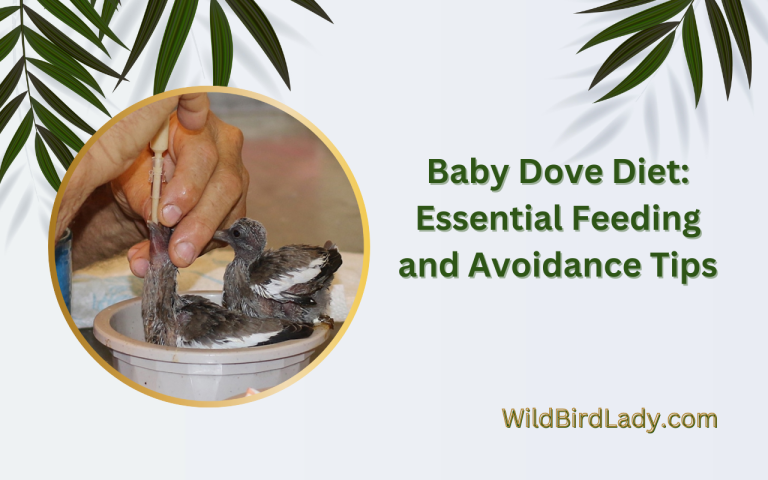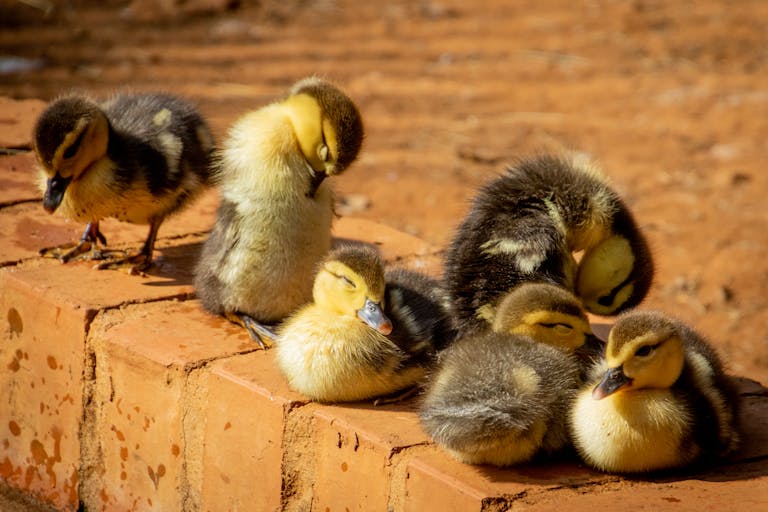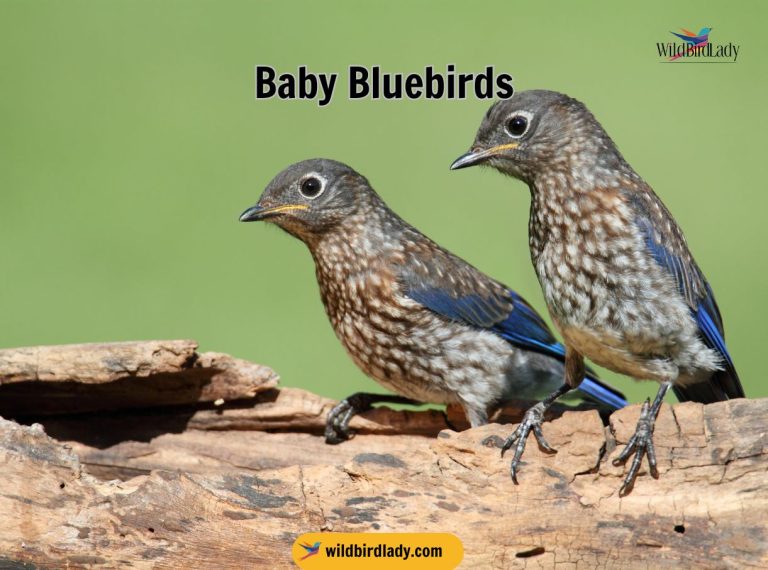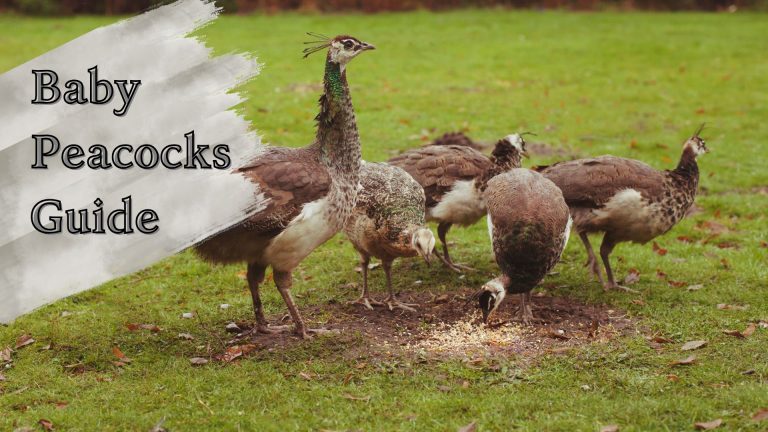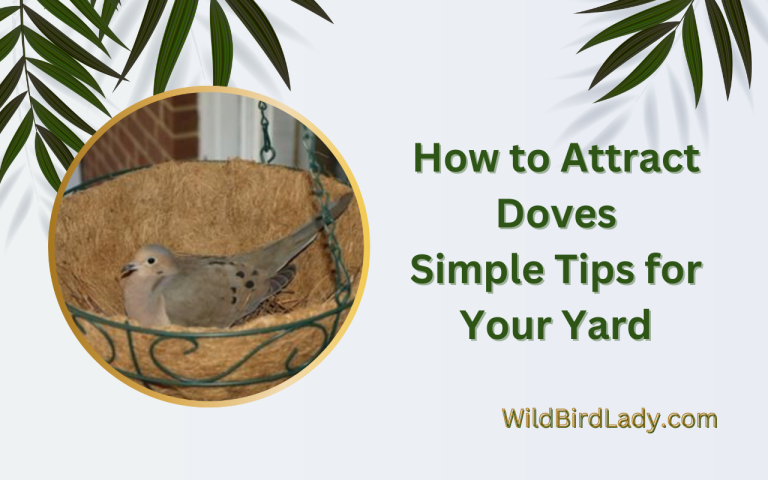Young Dove: Everything You Need to Know About Baby Doves and Baby Mourning Doves
By Rifat Ahmed, Birdwatching Expert with 13 Years of Field Experience
Few things in the birding world melt the heart like the gentle cooing of a dove — especially when it’s a young dove nestled safely in its nest. As someone who’s spent over a decade observing avian life across North America and Southeast Asia, I’ve often found that baby doves, especially baby Mourning Doves, are some of the most misunderstood — and overlooked — young birds.
In this comprehensive guide, I’ll walk you through everything you need to know about the young dove, from how to identify one, to what they eat, how they grow, and how you can help if you come across one in the wild or your backyard.
What Is a Young Dove Called?
Young doves are referred to as squabs or chicks. These terms are used interchangeably depending on the species and context. The word “squab” is more common in ornithology and aviculture, especially when referring to nestlings still unable to fly.
When it comes to Mourning Doves (Zenaida macroura), one of the most widespread dove species in North America, their young are usually called baby Mourning Doves or simply baby doves.
What Do Young Doves Look Like?
Baby doves go through several visual changes as they grow:
1. Hatchling (0–3 days old)
- Featherless or light down
- Closed or barely opened eyes
- Pinkish, fragile skin
- Weighs around 2–3 grams
2. Nestling (4–12 days)
- Covered in yellowish-gray down
- Beak grows longer and darkens
- Eyes fully open
- Still unable to fly
3. Fledgling (13–20 days)
- Begins to look more like an adult
- Soft juvenile feathers replace down
- Can hop around the nest and flap wings
- May attempt short flights after 14–15 days
Adult Mourning Doves vs. Young Doves:
Adult Mourning Doves are slender, with tan to grayish plumage and a distinct black spot below and behind the eye. Young Mourning Doves, however, are fluffier, with scaly, more camouflaged feathers that help them stay hidden from predators.
Where and When Are Baby Doves Born?
Mourning Doves are among the earliest and most frequent nesters of all North American birds. According to the Cornell Lab of Ornithology, they can raise up to six broods per year, especially in warmer climates.
Typical Breeding Season:
- Starts: February–March
- Peaks: April–August
- Ends: October, in southern states
Nest Locations:
- Trees and shrubs
- Window ledges and flower pots
- Hanging baskets
- Occasionally even on bare ground
Nest Description:
The dove’s nest is a simple platform of twigs, often flimsy, but effective. The female lays two white eggs, and both parents incubate and feed the chicks.
How Do Parent Doves Feed Their Babies?
One of the most fascinating things I’ve observed in the field is how doves feed their young. Unlike most birds, both male and female doves produce “crop milk”, a nutrient-rich secretion from the lining of the crop.
Crop Milk Facts:
- Contains protein and fat, essential for rapid growth
- Fed through beak-to-beak regurgitation
- Only lasts for the first 7–10 days of a chick’s life
- Gradually replaced by regurgitated seeds
This feeding method is shared with pigeons, their close relatives, and plays a vital role in the survival of squabs.
Growth Stages of a Young Dove
| Age | Developmental Milestone |
|---|---|
| Day 0 | Hatches, blind and featherless |
| Day 3 | Begins to develop pin feathers |
| Day 7 | Covered in down, stronger head movement |
| Day 10 | Responds to sounds and light, preens feathers |
| Day 14 | Fledging begins; may leave nest briefly |
| Day 20 | Full flight capability, leaves nest permanently |
By 3 weeks, most young doves are independent flyers but still rely on their parents for food for several more days.
What Do Young Doves Eat?
0–7 Days:
- Exclusively crop milk
8–14 Days:
- Crop milk + softened seeds or regurgitated grains
After 15 Days:
- Seeds, grains, berries, and small fruits (introduced gradually)
According to the Audubon Society, baby doves begin pecking at food themselves by around day 20, and are typically fully weaned by day 25–30.
Are Baby Mourning Doves Left Alone in the Nest?
This is a common concern I often hear from backyard birders: “I saw two baby doves all alone. Did the parents abandon them?”
The short answer is — probably not.
Dove parents alternate feeding and resting. It’s normal for the chicks to be alone for long periods during the day, especially as they get older. Unless the chicks look weak, injured, or covered in flies, it’s best to leave them alone.
How to Tell If a Young Dove Needs Help
Signs That the Dove Is Fine:
- Feathers look clean and full
- It flutters away when approached
- It opens its beak and calls for parents
- No visible injuries or blood
Signs That the Dove Needs Help:
- Lying on its side, unable to stand
- Cold to the touch
- Visible wounds or heavy parasite load
- Eyes swollen shut
If you find an injured or orphaned dove, contact a licensed wildlife rehabilitator immediately. You can find a local one via Animal Help Now or your state’s fish and wildlife agency.
What Not to Do with a Baby Dove
- Don’t feed it bread, milk, or human food
- Don’t try to raise it yourself unless you’re trained
- Don’t assume it’s abandoned too soon
In my early years of birding, I made the mistake of trying to rescue a fledgling Mourning Dove that was simply exploring near its nest. Its parent returned minutes later after I moved away — a reminder that observation beats intervention.
How to Help Young Doves Thrive in Your Yard
Over the years, I’ve found that with just a few thoughtful changes, your yard can become a safe haven for doves and their young. Mourning Doves are incredibly adaptable, but like all wildlife, they need a little support to raise their young successfully. Here’s what I recommend to encourage nesting and ensure the survival of baby doves in your space:
1. Avoid Disturbing Nesting Areas
Once a dove has chosen a nesting site — whether it’s a tree branch, flowerpot, or hanging basket — it’s crucial to avoid approaching too closely. Sudden human activity can cause adults to temporarily abandon the nest, leaving eggs or chicks vulnerable to predators or cold.
2. Provide Food Sources
Install a low or ground-level feeder with seeds such as millet, cracked corn, safflower, and black oil sunflower seeds. These are ideal for both adult doves and young fledglings learning to forage. Scatter seeds on flat surfaces like patios or low trays, as doves are ground feeders and prefer open areas.
3. Keep Pets Indoors or Supervised
Domestic cats and curious dogs are among the biggest threats to young doves. Keep pets indoors, especially during nesting season (spring through late summer), or supervise them closely when outdoors.
4. Don’t Prune During Nesting Season
Trees and shrubs provide not only nesting sites but also essential cover from predators and weather. Avoid heavy pruning between March and September when doves are actively breeding and raising chicks.
5. Offer Fresh Water
Place a shallow birdbath or dish with clean water in a quiet, shaded area. Ensure it’s no more than 2 inches deep to make it safe for young birds. Add a few flat stones inside so fledglings can perch safely while drinking or bathing.
By creating a dove-friendly space, you’re contributing to the survival of an iconic songbird and enjoying a front-row seat to their fascinating life cycle.
Predators and Threats to Young Doves
Unfortunately, baby doves face many dangers. In my years observing them, the most common threats include:
Natural Predators:
- Crows and blue jays (egg thieves)
- Hawks and falcons (especially Cooper’s Hawk)
- Snakes
- Raccoons
Human-Caused Threats:
- Pesticide use (kills insects they feed on)
- Habitat destruction
- Window collisions
- Domestic cats
Installing reflective window stickers and keeping pets indoors during nesting season can help reduce mortality.
Frequently Asked Questions
How long do young doves stay with their parents?
Around 3–4 weeks. Most are fully independent by day 30 but may stay close for a few days more.
Can baby doves survive on the ground?
Fledgling doves sometimes spend a day or two on the ground as they learn to fly. As long as they are not injured, do not interfere.
Do both parents take care of the babies?
Yes. Both male and female Mourning Doves share incubation and feeding duties, which is rare among birds.
How many babies do doves usually have?
Most broods contain two chicks. The parents may raise up to six broods per year.
Final Thoughts from the Field
In over a decade of birdwatching, I’ve found that young doves are some of the most resilient and adaptable baby birds in the wild. Despite their fragile appearance, they’re quick learners, devoted to their families, and deeply integrated into both rural and urban ecosystems.
Whether you’re a seasoned birder or a curious homeowner, I encourage you to take a few quiet moments to observe these gentle creatures. You may just witness the beginning of a beautiful new generation — right from your backyard.

